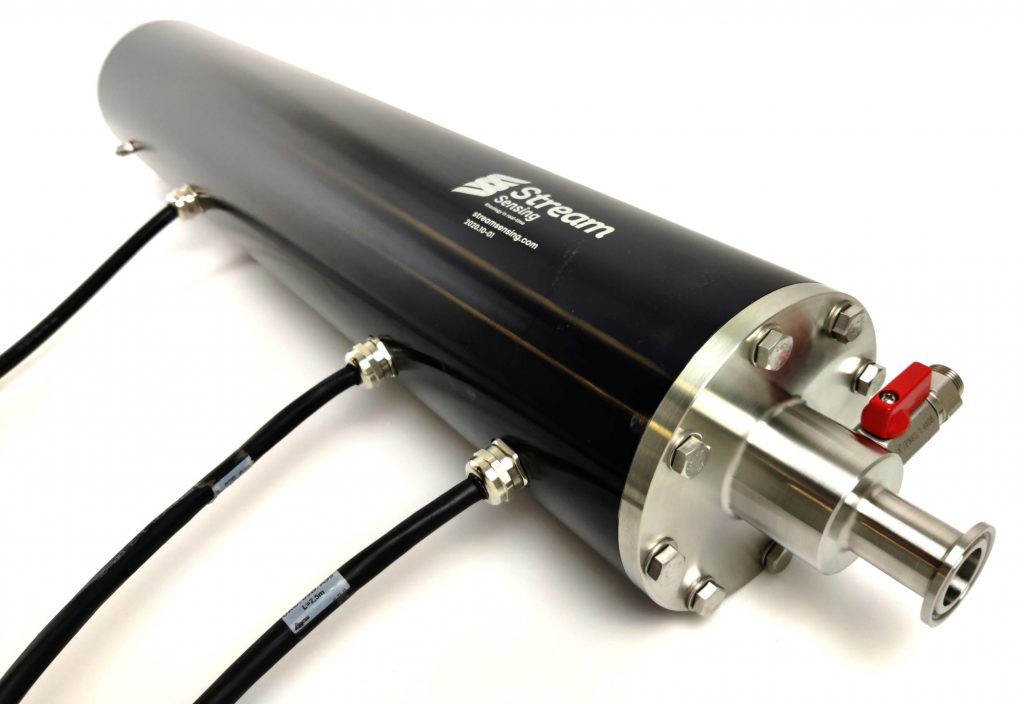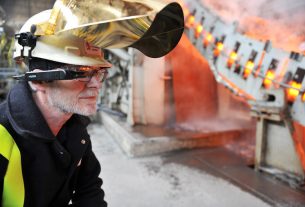Thomas Machin, EngD AMIChemE, Senior Technology Officer, Stream Sensing
The rheology of a fluid system governs both in-process efficiency and final product quality and is critical to the manufacturing of many products, including food such as sauces, liquid personal care and household cleaning products and pharmaceuticals such as topical creams. If end products such as these are too thick, consumers may not be able to dispense and use them effectively; too runny, and they may not be suitable for their desired purpose. Getting the rheology right can be challenging from a manufacturing perspective, but is central to the product’s success.
The status quo
Traditional rheometry testing methods typically take place off-line with sampling required from the process stream. This takes time once you include obtaining the sample, sending to the quality control (QC) laboratory, and conducting internal checks. Then, once analysed, if the product does not meet specifications, it often must be scrapped or re-worked, resulting in large volumes of waste. As an example, it has been estimated that the annual product loss in liquid personal care products globally is the equivalent to 2,000,000 bathtubs, but a large proportion of this waste could be reduced by the use of in-line rheology measurement.

Off-line measurements are also considered, with assumptions, as directly applicable to real process flows. This approach only provides a retrospective characterisation of a fluid sample, and the measurement does not account for any changes to the sample when extracted from process (e.g., cooling down, gelling / settling). It is often considered unsatisfactory when off-line rheological measurements are directly applied to process design and optimisation.
For
these reasons, conventional rheology methods can be enhanced to suit the needs
of manufacturers’ processes, which are increasingly required to be faster and
more time efficient to meet growing demand.
In-line, in real-time
A new technology, Electrical Resistance Rheometry (ERR), enables the characterisation of a fluid’s rheological properties within a pipe under steady state, incompressible, laminar flow conditions. By cross-correlating fluctuations of computed conductivity pixels across and along a pipe, using non-invasive electrical resistance sensing, rheometric data is obtained through the direct measurement of the velocity profile (Machin et al, 2018). ERR uses a novel arrangement of microelectrical tomography sensors which ensures that a complete velocity profile is obtained with high sensitivity near to the pipe-wall boundary.
This novel technology allows rheology measurements to be conducted in-line, decreasing the overall production time, while ensuring higher quality control through real-time measurement and feedback, detecting problems quicker, therefore reducing waste and product loss.
Digital manufacturing is leading the way
Digital manufacturing presents an opportunity for enhanced sustainability and reduced operational and maintenance costs through process optimisation. As part of this manufacturing revolution, in-situ measurements are highly desirable, since they deliver direct, real-time rheology data, which provides essential, accurate information to control systems for plant managers and QC professionals about the product as it is being processed.
With the critical nature of rheology in processing, the ability to monitor rheology in-line, in real time could catapult rheometry from a quality control measurement tool, to one which is able to control and optimise processes and material structures.

For more information about real time rheology instruments, contact Stream Sensing https://www.streamsensing.com/#/.





